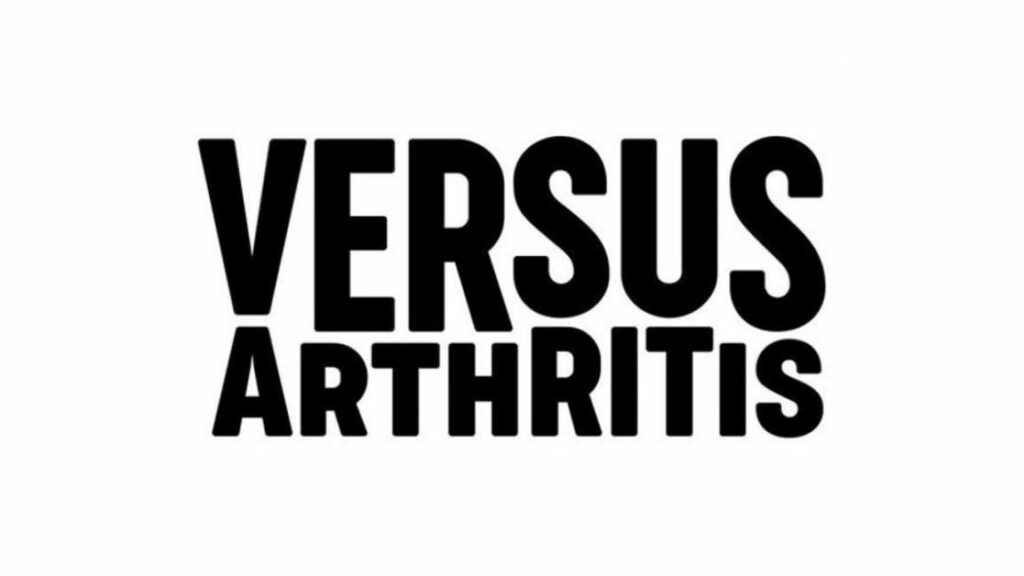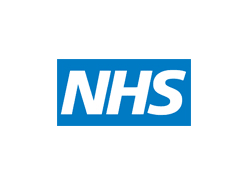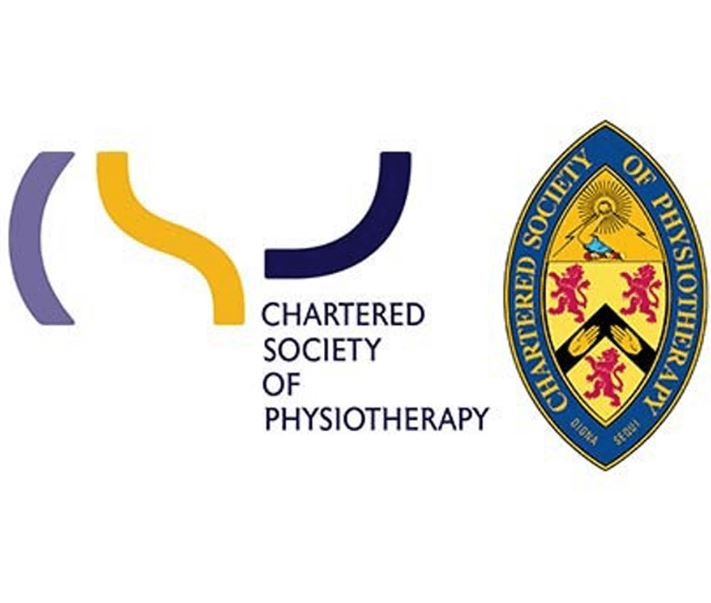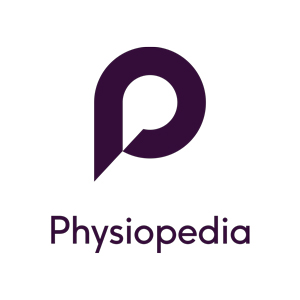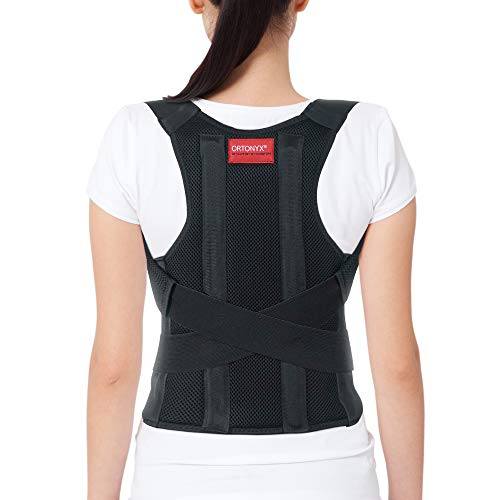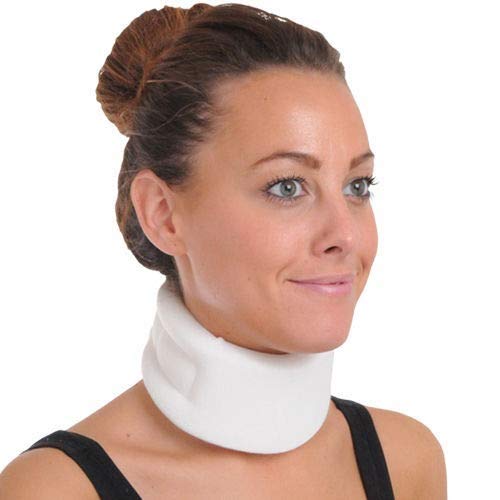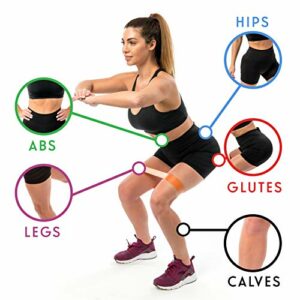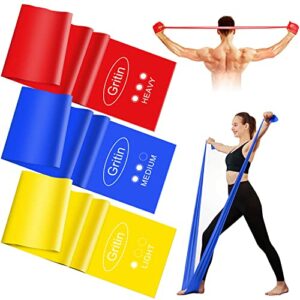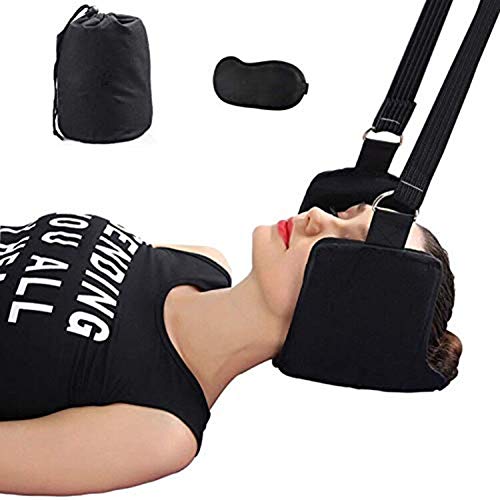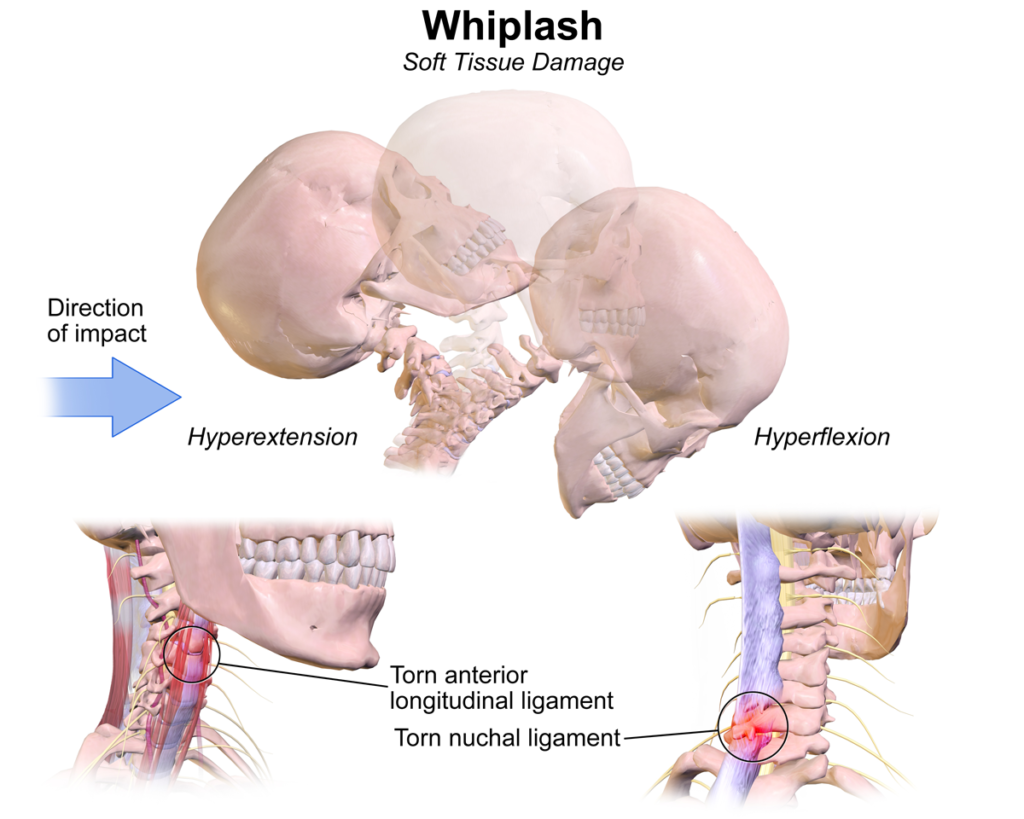Neck and head rehab videos
Neck pain
Neck pain
Neck pain
What is neck pain?

Cervical spine anatomy

Muscle anatomy of the neck
Neck pain treatment Kay Robinson
Posture corrector
Posture correctors are used to relieve pain and aid skeletal alignment. It is important to understand that persistent use of these aids has been shown to decondition your muscles. These aids must be used as part of a rehabilitation program, likely involving strengthening. It is often very difficult to get a correct fit with these devices, there may be initial discomfort, but please consider returning your item if you feel it is providing problems and discomfort. Your tolerance to the device will grow , so wear it 2 hours more each day.
There are many conditions which benefit from a posture corrector:
- Osteoporosis
- Scoliosis and kyphosis
- Postural dysfunction
- Heavy chest
- Spinal nerve irritation
- Arthritis
- Thoracic outlet syndrome
- and many more

Fix forward head posture

Sleeping positions for neck pain relief

5 home exercises for posture

Improve you posture


Neck solutions

Isometric neck pain exercises




Neck flexor muscles with ball



Neck strengthening exercises



Neck rotation with band

Neck retraction with band

How to strengthen your neck flexion + band

How to strengthen your neck flexion + weight

Neck exercise using a resistance band
Resistance bands
Resistance bands are very useful in managing joint problems. Used for weeks on end to aid healing, or can be use during activity.
Conditions that often require a resistance bands:
1. Joint instability
2. Post operative joints
3. Arthritis
4. Deconditioned muscles
Click the icon to view resistance bands.
Neck and arm pain
Cervical radiculopathy

Cervical radiculopathy anatomy

Neck pain and disc herniation


Spurlings test

Tornado test

Cervical herniated disc

30 second self-neck traction

Cervical herniated disc

Chin tucks

Home exercises for cervical disc pain: part 2

Neurodynamic exercises for nerve pain and tension

Pinched nerve exercises

Radial nerve exercises

Median nerve exercises

Ulna nerve exercises

Review of the best cervical traction devices



How to use an inflatable neck traction device
Traction devices
Traction devices are used to relieve pain from nerve irritation and stiffness in the neck.
It is important to understand that these aids must be used as part of a rehabilitation program, likely involving strengthening.
It is often very difficult to get a correct fit with these devices, but please consider returning your item if you feel it is providing problems and discomfort. Always watch the traction advice videos provided.
The device should relieve your neck and arm or shoulder pain, gradually. If your pain worsens then retry more gently, if it occurs again, then traction is not for you. See health professional.
Your tolerance to the treatment will grow, start with 5 minutes and progress to 20 – 25 minute sessions, twice daily if successful.
Not suitable for Rheumatoid arthritis patients with cervical instability, or Downs Syndrome with cervical instability.
There are many conditions which benefit from traction:
- Cervical radiculopathy (trapped nerve)
- Scoliosis and kyphosis with nerve irritation
- Cervical spondylosis with radiculopathy
- Cervical spondylosis (arthritis)
- Stiff neck
Posture corrector
Posture correctors are used to relieve pain and aid skeletal alignment. It is important to understand that persistent use of these aids has been shown to decondition your muscles. These aids must be used as part of a rehabilitation program, likely involving strengthening. It is often very difficult to get a correct fit with these devices, there may be initial discomfort, but please consider returning your item if you feel it is providing problems and discomfort. Your tolerance to the device will grow , so wear it 2 hours more each day.
There are many conditions which benefit from a posture corrector:
- Osteoporosis
- Scoliosis and kyphosis
- Postural dysfunction
- Heavy chest
- Spinal nerve irritation
- Arthritis
- Thoracic outlet syndrome
- and many more

Epidural injection (Cervical transforaminal)

Cervical selective nerve root blocks

Cervical interlaminar epidural injection
Cervical spondylosis
Cervical spondylosis
Cervical Spondylosis

Cervical degenerative disc disease + bulge

Cervical nerve anatomy animation

Cervical spondylotic Myelopathy cluster
Cervical Stenosis
Cervical stenosis

Cervical stenosis

Cervical nerve anatomy animation

Cervical spondylotic Myelopathy cluster

Cervical spondylosis exercises

Cervical spondylosis exercises and stretches

3 lies about neck pain

Bob and Brad Physical therapists
Neck exercises to do and not to do, some good advice on posture

Stretching alone wont fix forward head posture

Bob and Brad Physical therapists
Neck exercises to do and not to do, some good advice on posture

Bob and Brad Physical therapists
Get rid of stiff neck

Bob and Brad Physical therapists
your posture
Posture corrector
Posture correctors are used to relieve pain and aid skeletal alignment. It is important to understand that persistent use of these aids has been shown to decondition your muscles. These aids must be used as part of a rehabilitation program, likely involving strengthening. It is often very difficult to get a correct fit with these devices, there may be initial discomfort, but please consider returning your item if you feel it is providing problems and discomfort. Your tolerance to the device will grow , so wear it 2 hours more each day.
There are many conditions which benefit from a posture corrector:
- Osteoporosis
- Scoliosis and kyphosis
- Postural dysfunction
- Heavy chest
- Spinal nerve irritation
- Arthritis
- Thoracic outlet syndrome
- and many more
1. Isometric exercises

Isometric neck pain exercises




Neck flexor muscles with ball
2. Concentric matwork exercises



Neck strengthening exercises
3. Resistance band exercises



Neck rotation with band

Neck retraction with band

How to strengthen your neck flexion + band

How to strengthen your neck flexion + weight

Neck exercise using a resistance band

Review of the best cervical traction devices



How to use an inflatable neck traction device
Traction devices
Traction devices are used to relieve pain from nerve irritation and stiffness in the neck.
It is important to understand that these aids must be used as part of a rehabilitation program, likely involving strengthening.
It is often very difficult to get a correct fit with these devices, but please consider returning your item if you feel it is providing problems and discomfort. Always watch the traction advice videos provided.
The device should relieve your neck and arm or shoulder pain, gradually. If your pain worsens then retry more gently, if it occurs again, then traction is not for you. See health professional.
Your tolerance to the treatment will grow, start with 5 minutes and progress to 20 – 25 minute sessions, twice daily if successful.
Not suitable for Rheumatoid arthritis patients with cervical instability, or Downs Syndrome with cervical instability.
There are many conditions which benefit from traction:
- Cervical radiculopathy (trapped nerve)
- Scoliosis and kyphosis with nerve irritation
- Cervical spondylosis with radiculopathy
- Cervical spondylosis (arthritis)
- Stiff neck
For neck and arm pain

Epidural injection (Cervical transforaminal)

Cervical selective nerve root blocks

Cervical interlaminar epidural injection
For neck pain

Cervical facet radiofrequency neurotomy medial branch block

Cervical facet radio-frequency denervation

Occipital neuralgia: Dr Jenner

The Suboccipital triangle

Watson test referred pain headaches
Cervicogenic headaches
Cervicogenic headache leaflet

Nerve gliding for headaches and neck pain


CCFT CranioCervical Flexion Test
1. Isometric exercises

Isometric neck pain exercises




Neck flexor muscles with ball
2. Concentric matwork exercises



Neck strengthening exercises
3. Resistance band exercises



Neck rotation with band

Neck retraction with band

How to strengthen your neck flexion + band

How to strengthen your neck flexion + weight

Neck exercise using a resistance band

Breathing techniques to relieve tension headaches
Neck pain and breathing pattern disorder
Breathing pattern disorders

Occipital neuralgia injection and radiofrequency RF procedure: Dr Jenner

What can you expect from a nerve block: Dr Jenner
Posture corrector
Posture correctors are used to relieve pain and aid skeletal alignment. It is important to understand that persistent use of these aids has been shown to decondition your muscles. These aids must be used as part of a rehabilitation program, likely involving strengthening. It is often very difficult to get a correct fit with these devices, there may be initial discomfort, but please consider returning your item if you feel it is providing problems and discomfort. Your tolerance to the device will grow , so wear it 2 hours more each day.
There are many conditions which benefit from a posture corrector:
- Osteoporosis
- Scoliosis and kyphosis
- Postural dysfunction
- Heavy chest
- Spinal nerve irritation
- Arthritis
- Thoracic outlet syndrome
- and many more

Neck stretches for instant pain relief

The first step to strengthening your head and neck extensors

Splenius Capitus treatment

Cervical extensor endurance test

High load neck exercises
Thoracic back pain
Back pain
Thoracic anatomy

Spinal bone spurs

Muscle of the thoracic wall

Bones of the thoracic wall

Neurological evaluation of thoracic spine


Thoracic mobility drill

Improve thoracic mobility


Thoracic spine extension strengthening exercises

Thoracic back exercises (YTWI’s)

Epidural injections Upper back (thoracic)

Thoracic facet radiofrequency neurotomy
Posture corrector
Posture correctors are used to relieve pain and aid skeletal alignment. It is important to understand that persistent use of these aids has been shown to decondition your muscles. These aids must be used as part of a rehabilitation program, likely involving strengthening. It is often very difficult to get a correct fit with these devices, there may be initial discomfort, but please consider returning your item if you feel it is providing problems and discomfort. Your tolerance to the device will grow , so wear it 2 hours more each day.
There are many conditions which benefit from a posture corrector:
- Osteoporosis
- Scoliosis and kyphosis
- Postural dysfunction
- Heavy chest
- Spinal nerve irritation
- Arthritis
- Thoracic outlet syndrome
- and many more
Resistance bands
Resistance bands are very useful in managing joint problems. Used for weeks on end to aid healing, or can be use during activity.
Conditions that often require a resistance bands:
1. Joint instability
2. Post operative joints
3. Arthritis
4. Deconditioned muscles
Click the icon to view resistance bands.

Thoracic outlet syndrome explained

What is thoracic outlet syndrome

Dumbbell Shrug

Exercises for thoracic outlet syndrome

TOS stretches and exercises

1st rib mobilisation

Thoracic outlet syndrome explained

Transaxillary 1st rib resection for TOC

TMJ anatomy

TMJ relief with stretches and exercises

TMJ stretches and exercises


10 best TMJ exercises

Bob and Brad Physical therapists
Epley Manouvre for BPPV (benign paroxisimal positional vertigo)
Brant Daroff
Gaze stability
Gaze adaptation
Gaze substitution
CTSIB balance exercise
Video links to aid central vestibular deficit
Vestibular migraine advice

